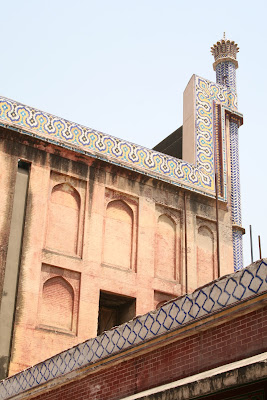The Okara line of shampoos, conditioners and treatments from the French company Rene Furterer. On their website, the company claims that their products are "proven to protect and enhance color-treated hair" thanks in part to "okara extract, a protein from the soybean, [that] repairs and rebuilds damaged hair."
Okara is also a recipe cooked in Japan, very famous in Japan America and some parts of Europe
So what exactly is okara?
Okara is a Japanese word for the by-product of the soymilk and tofu making process; it is the fibrous material that remains after cooked soybeans are pressed through screens to separate the liquid from the solids (in Korean is biji). Since it is mostly considered a by-product, it is rarely seen or spoken of — I have been eating tofu and drinking soymilk for decades, yet I rarely see it mentioned, and the first time I saw okara "in the flesh" was on a tour of Hodo Soy Beanery in Oakland just a few months ago (I wrote a summary of my visit for the Ethicurean).
















































